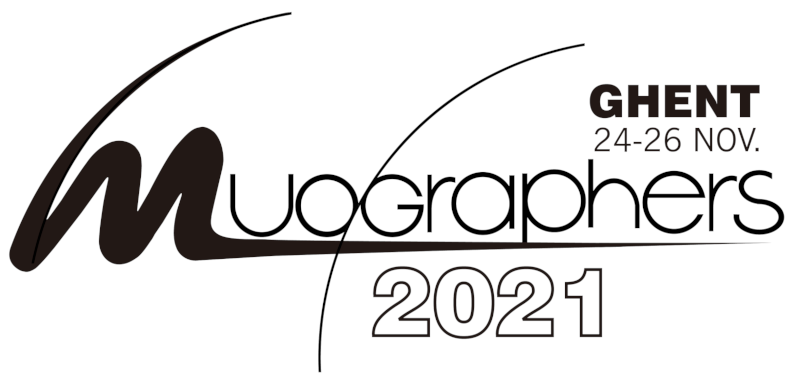Speaker
Description
In 1970 L. Alvarez et al. reported on the first experiment to use cosmic-ray muons to investigate the interior of a very large structure. This structure was Khafre's Pyramid at Giza. The group used, for that era, state-of-the-art instrumentation from the field of high-energy physics: spark chambers. In the intervening 40+ years, the technology used for determining the trajectories of elementary particles has advanced significantly. In November of 2017, the Scan Pyramids team used modern-day instrumentation to discover a new large void in the Great Pyramid. However, the size (~ a few meter square) of this new system was not very much bigger than the one used by Alvarez's team. To apply true tomographic muon imaging to such large structures, a new approach must be taken. In this poster we describe an advanced concept for a high-resolution tomographic study of the internal structure of the Great Pyramid which will not only look for voids but investigate the ancient building techniques on a much more detailed scale than ever attempted.
